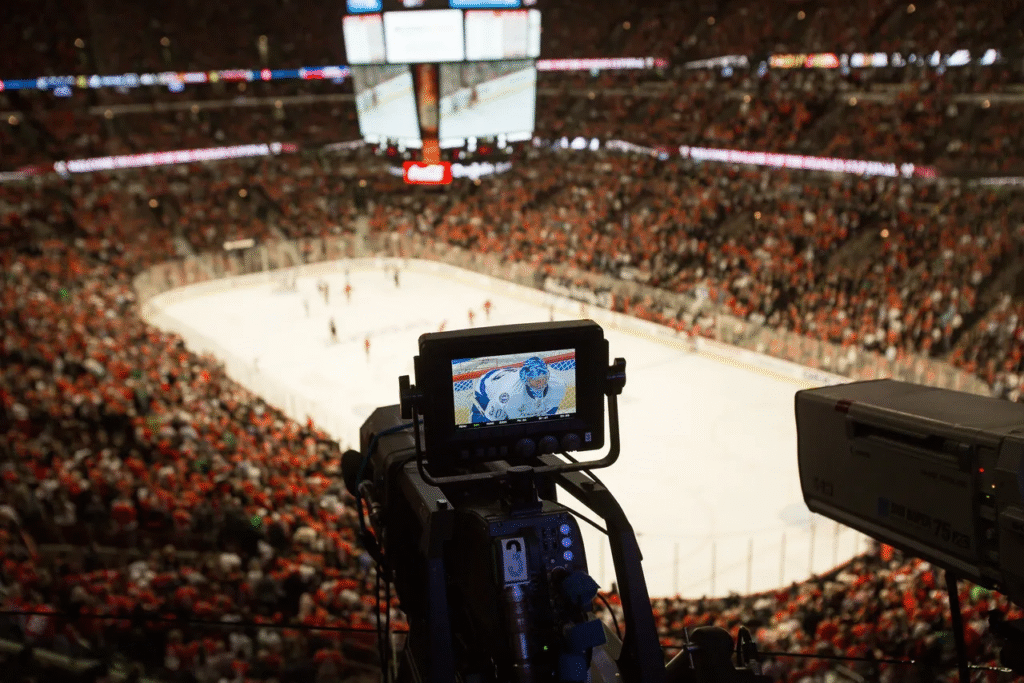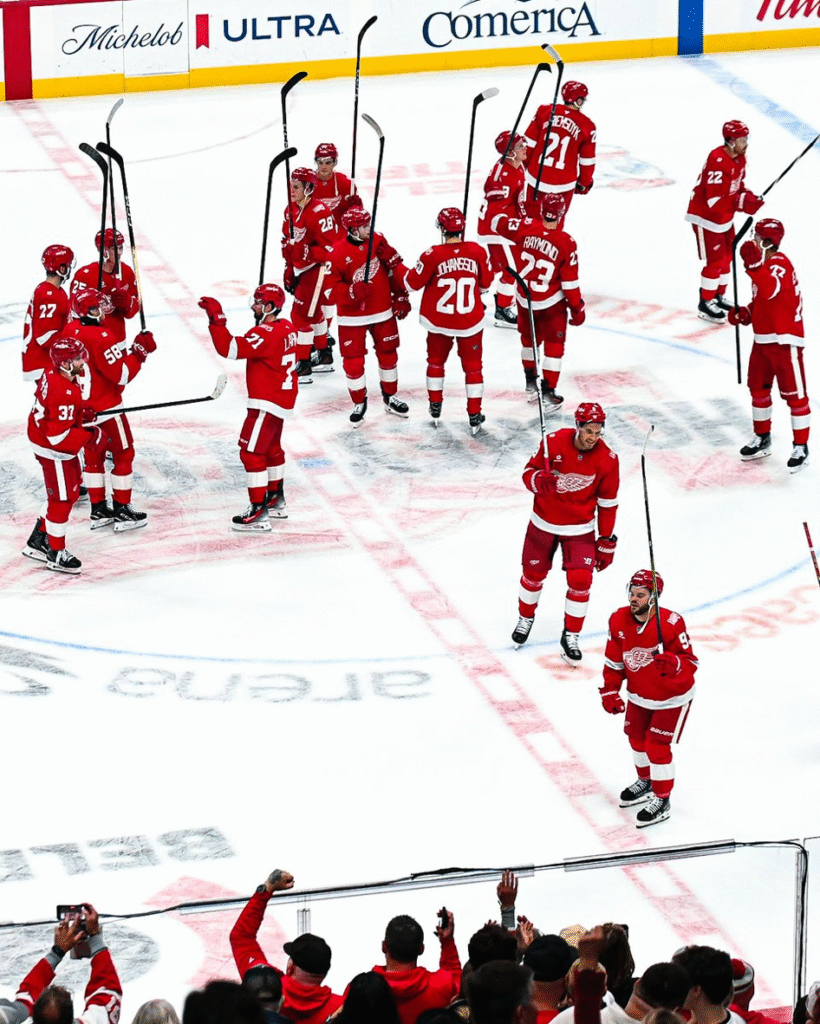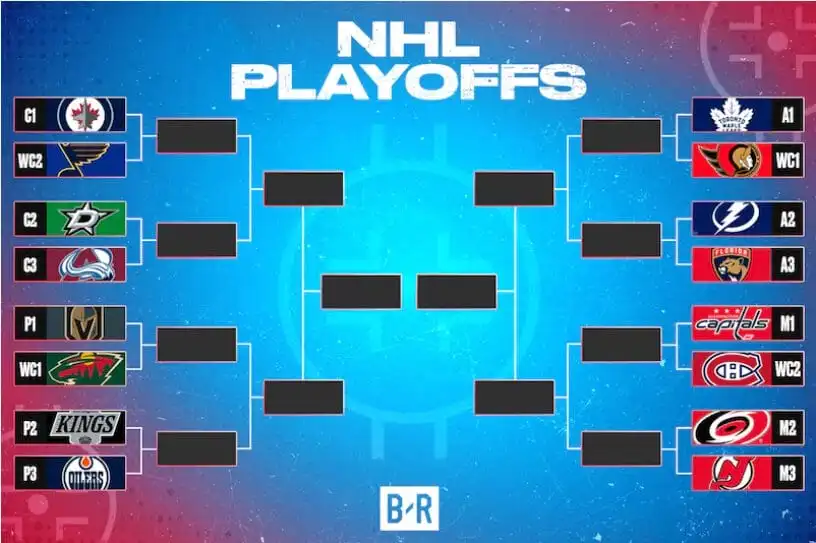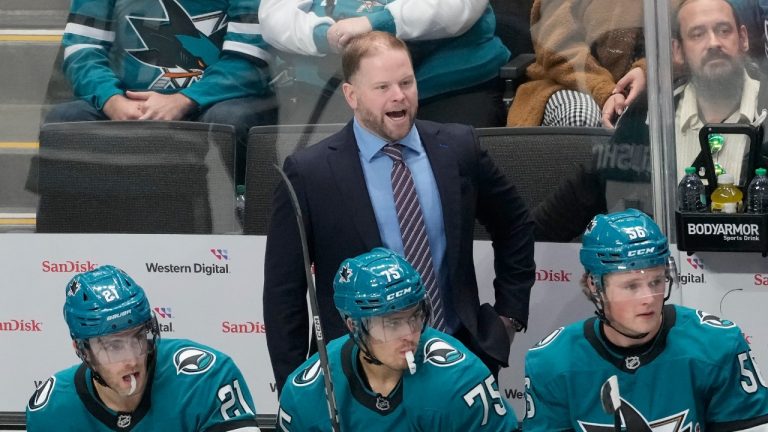It was April 2, 2025: The day that many—and we mean many—hockey fans were horrified upon learning the NHL had once again granted Rogers (Sportsnet) an exclusive long-term 12-year national media rights deal.
For many years, Sportsnet has been heavily criticized for their sleep-inducing hockey broadcasts, which pale in comparison to TSN’s regional broadcasts in Canada, and the ESPN and TNT coverage in the United States. As the Toronto Sun‘s Rob Longley observed in a recent column, “Yes, Hockey Night In Canada, once the most-revered sports broadcasting entity in the country, has grown tired and predictable—an often bland show lacking in personality despite filling your screen with a seemingly endless stream of … personalities.”
Although the Longley article covers the on-air talent issue and identifies 15 related programming faults, the NHL’s broadcast problems hardly end there.
Consider this: With great consistency, hockey broadcasters’ skillful camerawork can follow 100-mph shots traveling toward the net with ease. How odd, then, when a fight breaks out—away from the play—producers are noticeably (purposely?) slow to show viewers at home what has erupted.
Don Cherry, a onetime brawler as a player and former coach of the “Big Bad Bruins,” would regularly—and accurately—point out that no one in the building was sitting down during these fights. So—who decided that fans at home shouldn’t see what fans in the building were seeing? Was it the broadcasters—or the NHL?
One thing is certain: someone did.
And then there’s this: While mic’d-up football referees announcing penalties works well for that sport, copycat NHL referees doing the same seems silly. Perhaps hearing the public address announcer repeat the details two seconds later could be a factor?
Ya think?
But worst of all: far too many NHL markets need to lower their current primary camera positions. If that means ripping out seats—and sacrificing some revenue—so be it.
There’s no reason major hockey markets like Montreal, New York (and others) should present games with their go-to camera positioned at roof level.
Hockey is the fastest game in the world. Placing cameras “on the moon” makes the opposite seem true.
Contrast that with the excellent camera locations used in Dallas, positioned perfectly to capture game speed, provide perspective on player sizes, and easily track the always-hard-to-follow puck.
If the NHL’s goal is to make the game look slower, smaller, and less exciting… mission accomplished.
Then again, Sportsnet had already cornered the market on the boring part years ago.






